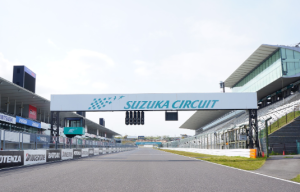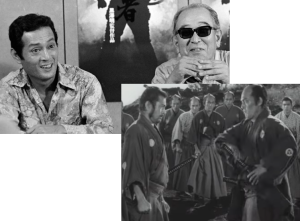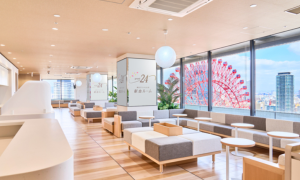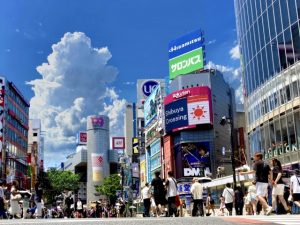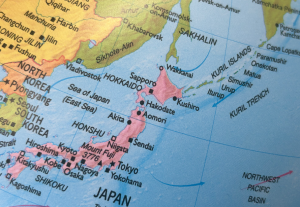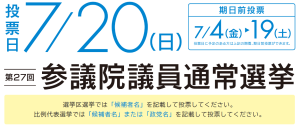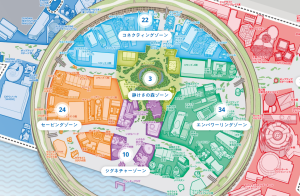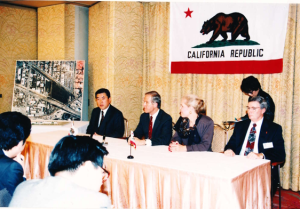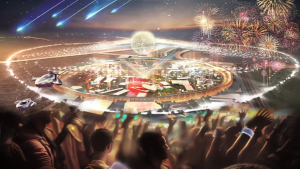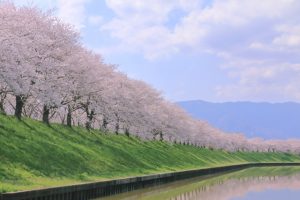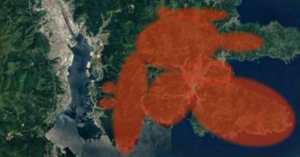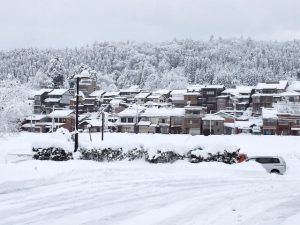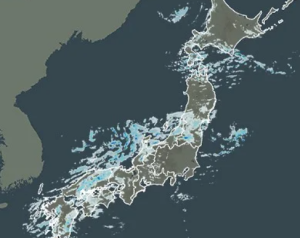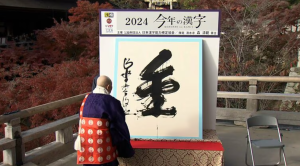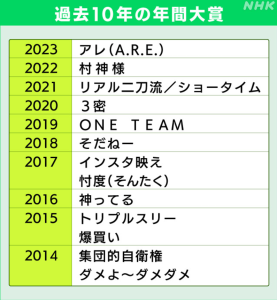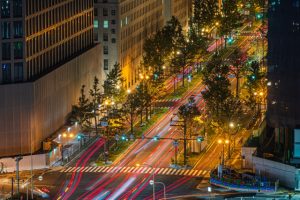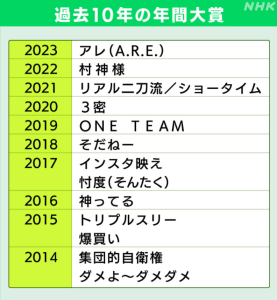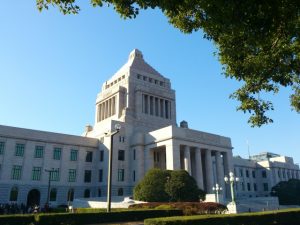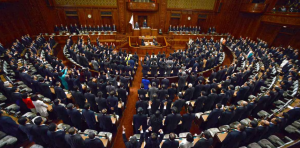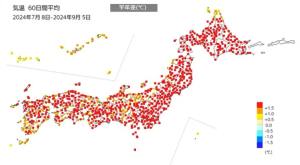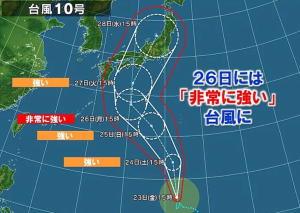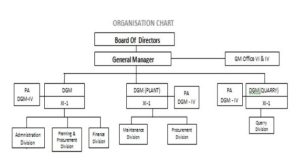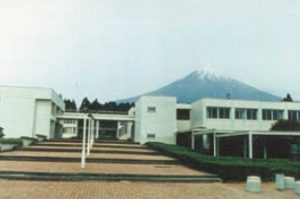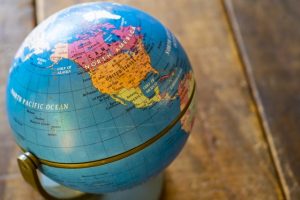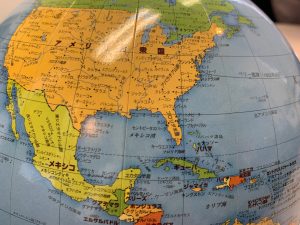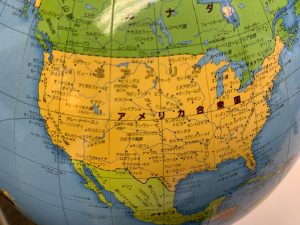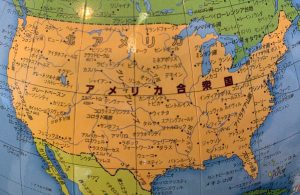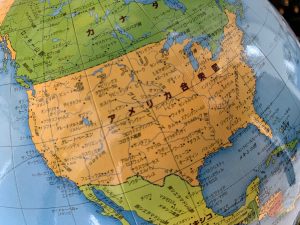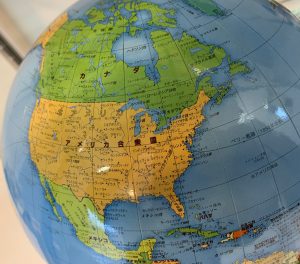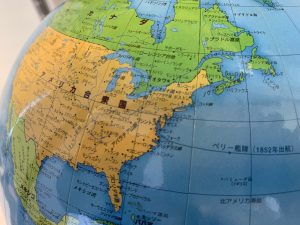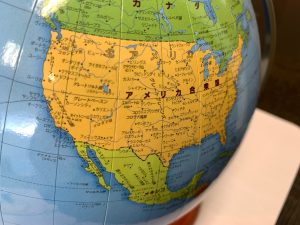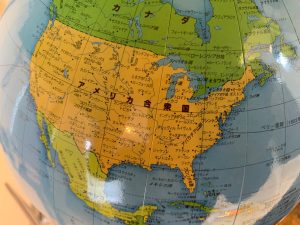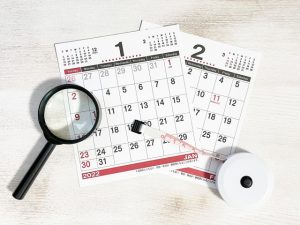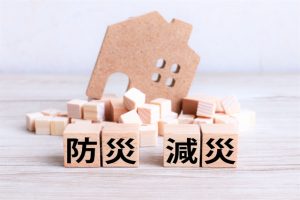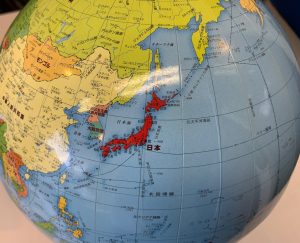Re: A news item and subject which I just want to check out (88) April 14, 2023
In the first half of unified local elections cast on the 9th this month, “the Japan Restoration Party” and “regional political party Osaka Restoration Party” grew in power in not only local Osaka but also in nationwide. Elected Candidates of prefectural assemblies and cities designated by government ordinance jumped to 260, about 2 times compared to the previous one in 2019.
However, the voting rate of 41 prefectural assembly elections was 41.85%, 2.17% less than the last election 44.02% and updated record low. The voting rate of 9 prefectural governors was also below 50% across the board and updated record low. The national elections away is serious.
In my impressions, the “Restoration Party” has a good election tactic or is good at fighting. No matter where you cut it, the same phrase called “painful reform” comes back. In other words, it is a monolith. And it is engaged in activities to expand the party’s strength on a regular basis rooted in local residents, and trying to strengthen and expand the ground at the grassroots. On the other hand, the Liberal Democratic Party secured a majority (51.0%) of total constant (2,260) in 41 prefectural assembly elections, and demonstrated its underlying strength. But in Kansai only, it has lost seats. In order to rally in Kansai, I think that it requires a certain amount of determination, strong will and a clear growth vision.
The next elections are the second half of unified local elections, 4 electoral districts of the House of Representatives (5 district of Chiba, 1 district of Wakayama, 2 and 4 district of Yamaguchi), Oita district of the House of Councilors, and election campaigns of both houses of the Diet by-election have already begun.
■■The state of progress of Linear Chuo Shinkansen:
In a newspaper the other day, an article that President Niwa of JR Tokai commented at the press conference “Nagoya opening of Linear Chuo Shinkansen is expected to be later than 2027 original plan, and I can’t indicate the time of a new opening at this moment”. The reason cited is the lack of construction because construction can’t be started in the Shizuoka construction area.
I had been a chairman of Linear special committee as the Director of Kansai Economic Federation for six years from June 2011 to June 2017 and also took the role aiming for early connection between Tsuruga and Osaka of Hokuriku Shinkansen from the middle. And the extension to Osaka of Linear originally planned for 2045 moved up by 8 years and will be done in 2037. The running route between Tsuruga and Osaka of Hokuriku Shinkansen where there was a long controversy was settled on the Kosai route. And then I got a certain sense of achievement as a chairman and stepped down from these roles and passed the baton to my successor when I was 75 years old.
I have my private opinion in regard to the Linear from my own background, and I would like to state the following.
The Linear Shinkansen has maximum speed 505km and can connect from Tokyo to Nagoyain 40 minutes and connect from Shinagawa, Tokyo to Shin-Osaka, Osaka in 67 minutes when the entire line to Osaka opens. Mileage or construction section distance between Tokyo and Nagoya is 286km and between Nagoya and Osaka is 152km. At present, between Tokyo and Nagoya will open in 2027, and the extension to Osaka will be 2037 10 years later, 8 years earlier than the original plan. However, this timeline is unpredictable, because the Governor of Shizuoka Prefecture Kawakatsu stood in the way. The Shizuoka construction area where he thinks it is a problem is tunnel section directly below the South Alps in 8.9km. He insists that the construction may adversely affect Oi River flow and the surrounding ecology, and opposes as a shield of river occupancy permit. Oi River flowing into Suruga Bay from the source of the South Alps is certainly supporting the life of 620 thousand people in watershed, and specialty new tea is cultivated. On top of that, he appealed he would “protect water of life” in the governor’s election in June 2021 and there is also a history of winning 4 elections. In addition, no Linear station in the Shizuoka Prefecture is also a distant cause of the lack of positive construction.
But in regard to present deadlocked situation, it makes me think a lot whether this is really enough. In other words, such national project changes appearance or the fundamentals of the country. I don’t intend to speak for JR Tokai which is promoting the business, but the Tokaido Shinkansen has been in operation for 59 years and I hear that large-scale repair work is urgently needed because it is quite aging. In addition, the running route of Tokaido Shinkansen is along the Pacific coast, and there is no relief when a major disaster like Nankai Trough that will come someday occurs. Therefore, new line or alternative route running through the center of the Japan Islands like Tohoku Shinkansen is desperately needed.
Japan takes too long to build infrastructure generally, and because of this, not only significant completion delays but also construction costs snowball. The start of construction between Takasaki and Karuizawa of Tohoku Shinkansen was 1989. If the extension to Osaka is completed in 2046 according to the present schedule, it takes nearly 60 years. I wonder if China will carry through the work in about 10 years, even if you can say that the national character is different. How to strike a balance between regional development and residents’ right to life and between regional benefits and national interest or public interest? It is unavoidable that consensus takes time as long as it is democratic, but it makes me think.
Finally, there is a concern that Nagoya 2027 opening schedule will delay due to the lack of construction in the Shizuoka construction area and this leads to the delay of the extension to Osaka in 2037 as it is. But if I am prepared to be scolded by JR Tokai for “don’t say things without permission”, I think that Osaka opening which will be significantly delayed can be avoided. Because construction section distance between Tokyo and Nagoya is 286km and it between Nagoya and Osaka is 152km (53%). Although it is only what amateur thinks, I expect that it is possible to do it in 6~7 years about half between Tokyo and Nagoya which takes about 12 years according to the original plan. And I think that difficult construction like the South Alps may be very few. However, assumption of my expectation is that the environmental assessment necessary for the start of construction between Nagoya and Osaka should be completed before the opening in Nagoya. It usually takes about 3 years. Therefore, it is necessary to start environment assessment in 2024 at the latest. This is the key point to fulfill Osaka opening in 2037.




